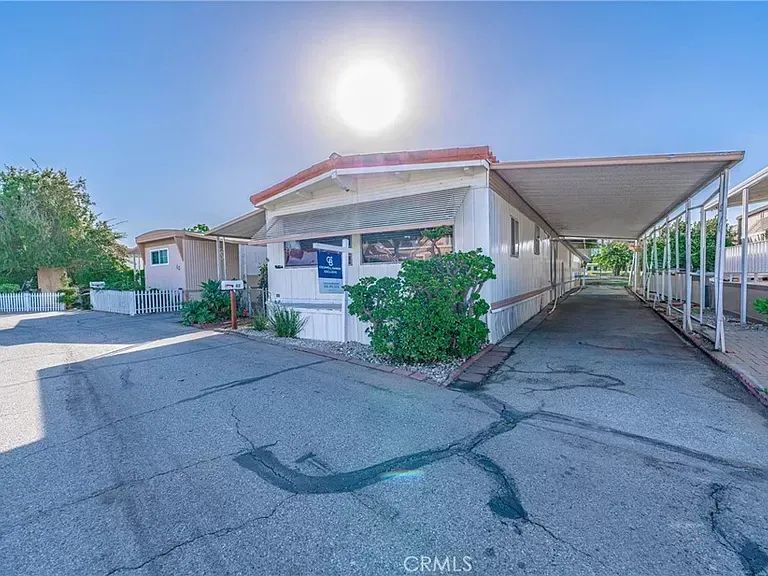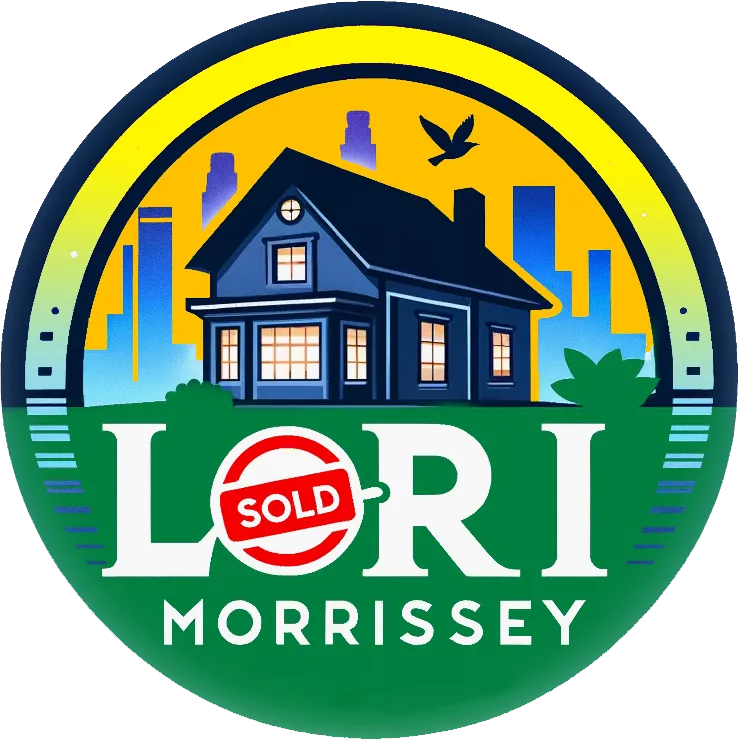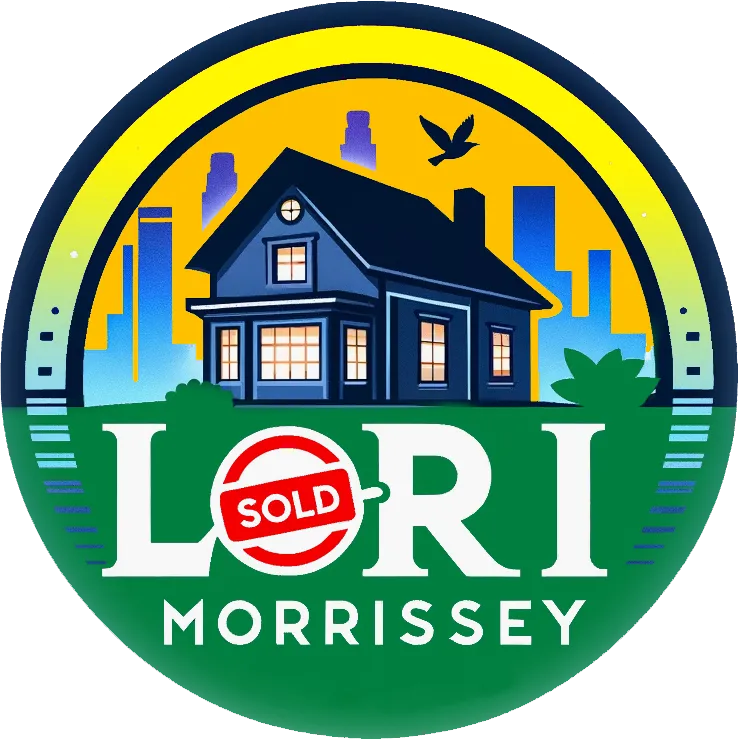Blogs

The Impact of Demographics on Property Values
Demographic shifts play a significant role in shaping real estate markets and influencing property values. As population dynamics evolve, so do the needs and demands of homebuyers, renters, and investors. In this blog, we’ll explore how changes in population trends—such as age, income, migration patterns, and family size—impact property values and how you can leverage this knowledge to make informed real estate decisions.

1. Age and Property Demand
The age of a population is one of the most influential demographic factors in real estate markets. Different age groups have varying housing preferences, and these preferences can impact property values significantly:
Baby Boomers (Aging Population): As the Baby Boomer generation ages, many are downsizing or relocating to retirement-friendly areas. This trend has led to increased demand for smaller, more manageable homes, condos, and retirement communities. Cities and regions that cater to retirees may see a boost in property values due to this growing demand.
Millennials (First-Time Homebuyers): Millennials, now entering their prime homebuying years, are driving demand for starter homes, particularly in urban and suburban areas. With many prioritizing affordability, walkability, and access to amenities, property values in these regions have surged as a result of millennial preferences.
Generation Z: As the youngest generation enters the workforce and begins to rent or buy homes, their preferences for affordable urban housing and flexible living arrangements will start to shape future property trends.

2. Income Levels and Affordability
Income levels directly impact a population’s ability to purchase or rent property. In areas where average household incomes are rising, there is often a corresponding increase in demand for higher-end homes and luxury real estate. Conversely, areas with stagnant or declining incomes may see lower property values, as affordability becomes a concern.
High-Income Areas: In affluent regions, demand for luxury homes and high-end amenities drives property values up. The presence of high-paying jobs, excellent schools, and exclusive neighborhoods can create a competitive market, where properties sell at premium prices.
Low-Income or Stagnant Income Areas: On the other hand, areas with lower or stagnant income levels may experience slower real estate growth. Housing affordability becomes a major concern in these regions, and property values may remain stable or decline unless significant economic development occurs.

3. Migration and Population Growth
Migration patterns—whether people are moving into or out of a region—play a critical role in shaping real estate markets. Cities and towns experiencing population growth often see rising property values, while areas with declining populations may struggle to maintain their market value.
Urbanization and City Living: Over the past few decades, there has been a growing trend toward urbanization, with people flocking to major cities in search of better job opportunities and a higher quality of life. This has led to a surge in property demand, particularly in cities like Los Angeles, New York, and Austin, driving up prices and creating highly competitive real estate markets.
Suburban and Rural Migration: Recently, the COVID-19 pandemic spurred a migration away from densely populated urban centers to suburban and rural areas. With the rise of remote work, many people sought more space and affordability in suburban markets, leading to increased property values in these areas.
Regional Growth Centers: Certain regions, like the Sun Belt (which includes states like Texas, Florida, and Arizona), have become popular due to factors like favorable weather, lower taxes, and job opportunities. These areas have seen significant population growth, resulting in rapidly rising property values.
4. Family Size and Housing Needs
Family size and household composition also influence property demand and values. Larger families typically seek homes with more space, while smaller households may prioritize affordability and proximity to urban amenities.
Single-Person Households: As the number of single-person households continues to rise, there is growing demand for smaller homes, condos, and apartments. This trend has led to increased property values in urban areas with a higher concentration of smaller housing units.
Growing Families: In suburban neighborhoods, where larger homes with more bedrooms and outdoor space are sought after by families, property values often reflect this demand. Schools, parks, and family-friendly amenities can further drive up values in these areas.

5. Changing Lifestyle Preferences
Shifts in lifestyle preferences often correlate with demographic changes. These shifts can create new demand for certain types of properties, influencing their value:
Eco-Conscious Living: As more homebuyers prioritize sustainability, eco-friendly homes with energy-efficient features are becoming highly sought after. Neighborhoods that embrace green living and sustainable development may see a boost in property values due to these preferences.
Walkability and Accessibility: Millennials and Gen Z tend to prioritize walkability and access to public transportation. Properties in walkable neighborhoods with access to amenities like restaurants, shops, and public transit tend to be more valuable than those in car-dependent areas.

© 2024 All Right Reseved.

